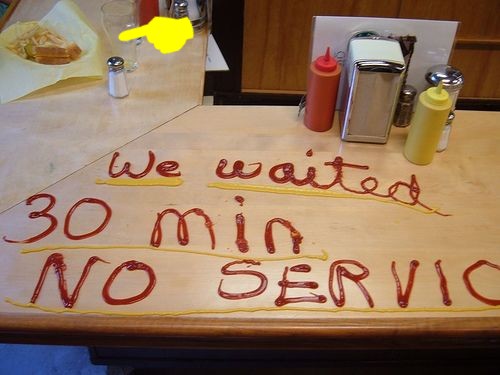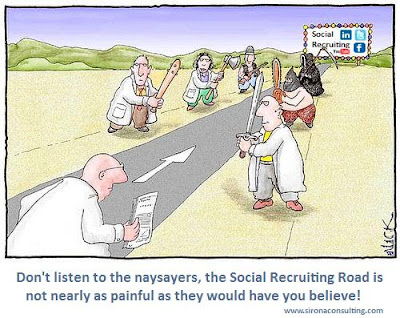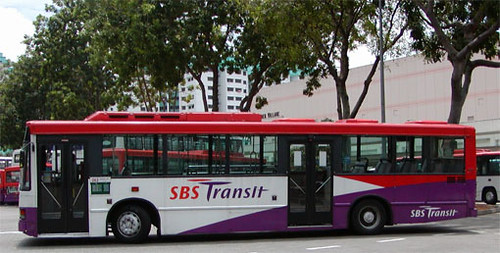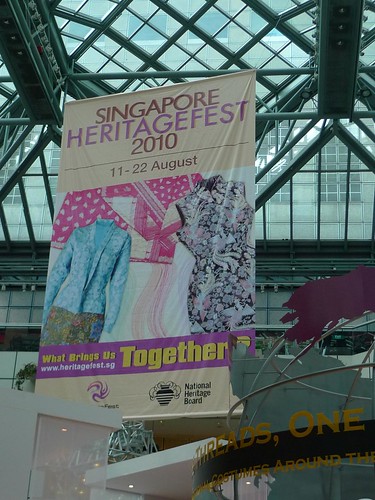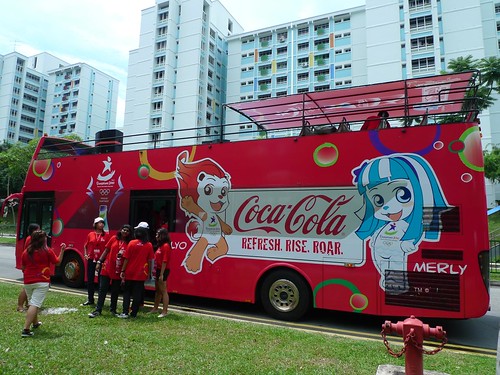
Courtesy of NDPeeps (on flickr)
As we celebrate our 45th year of independence across the island in many different ways, I thought it’d be interesting to see how this is being done in the digital dimension. Gauging from the amount of national day related posts, Facebook updates, tagged photographs, videos and other User Generated Content (UGC), we are certainly not lacking in patriotic spirit here!
A good place to start would be the official National Day Parade 2010 (NDP 2010) website, which looks like it is a website, UGC aggregator, and social media portal all rolled into one. I was immediately wowed by the clickable mosaic of different citizen-generated content on the home page, which brings you to short posts complete with photographs of what Singaporeans and residents feel about our national birthday.
